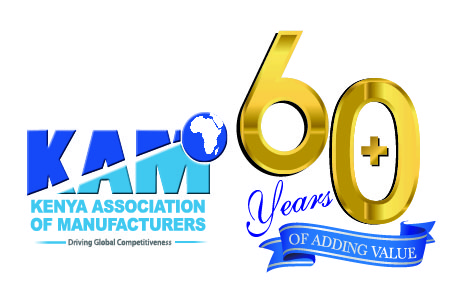Africa’s Future Lies in the Free Movement of Goods and People within its Borders
By Phyllis Wakiaga
Someone once asked me what I know about Angola, and I excitedly started to list all the things I had seen, and read on numerous books and watched in TV channels. When I was finished, she asked me if I had been to Angola and if I know these things to be true. I said I hadn’t. She then remarked that it was a pity that we Africans know about each other from what other people tell us. In that moment and in the context of her statement I understood the gravity of the issue. That what we hear and see about our trading partners are things that may be far from reality when we visit and trade together. We are unaware of the opportunities that exist within Africa yet we are a home to world leading economies in resource abundance and high market potential.
This week’s state visit by Nigerian President His Excellency Muhammadu Buhari, a year after his predecessor, shows the increasing realisation by African leaders of intra-Africa trade and investment opportunities.While Kenya is a member of the East Africa Community (EAC), the Common Market for Eastern and Southern Africa (COMESA) and the Tripartite Free Trade Area (TFTA), Nigeria is a member of the Economic Community of West African States (ECOWAS). Both the Tripartite and ECOWAS regional trading blocs constitute a market opportunity of about 950 million people out of the Africa population of about 1.1 billion people.
The two Countries or regions have the opportunity to to speed the realization of the Africa Continental free trade area expected to be achieved by 2028. Towards this end, Kenya and Nigeria signed a bilateral trade agreement on 6th September, 2013 with the objective to enhance trade and investments in agriculture and agro industry, horticulture, manufacturing, solid minerals, tourism, oil and gas and financial services. A Kenya Nigeria joint business council has been established to oversee improvement of trade and investment between the two Countries. Kenya has a competitive advantage, in part, in agriculture and agro processing while Nigeria is rich in the extractive and solid mineral sectors forming a strong basis for trade and investment development. Over the last decade, Kenya exports averages Kshs.2 billion while imports averages Kshs.313 million between 2004 and 2014 making Nigeria a significant trading partner for Kenya. The two Countries have committed to double their trade and investment levels in five years. In 2014, Kenya’s share of world exports was 0.03 per cent. 33.5 per cent of these exports are from the manufacturing sector. On the other hand, the countries share of world imports is 0.10 per cent pointing to the growing trade imbalance with surging imports. Africa share of global trade trade is 2 per cent which is still low. There therefore an enormous potential to enhance Kenya’s with the rest of Africa particularly in growing the manufacturing sector with a view to enhance exports of value added products.
Kenya and Nigeria are examples of many African Countries that have shown interest to trade among each other. There are increasingly growing interest by other African countries to trade with Kenya including Ethiopia, South Africa, Angola, Democratic Republic of Congo, Egypt, Ghana, Tunisia, Algeria, Sudan, South Sudan, Morocco, Democratic Republic of Congo (DRC) and Mauritius. The deepening of regional integration in Africa has also positioned the continent as a leading destination for trade and investments to Countries in Europe, North America and Asia. There are initiatives such as the Indian Ocean Rim Association, the African Growth and Opportunity Act (AGOA) and Economic Partnerships Agreements (EPAs) which are aimed at enhancing trade and investment between Africa and the rest of the World.
Africa full potential in trade and investment is however constrained by many challenges that are yet to be addressed which include inadequate infrastructure, existence of tariffs and nontariff barriers, high costs of energy, overlapping regional trading arrangements, perennial conflicts, illicit and counterfeit trade, stringent regulatory environment, tariff escalations, dumping, and inefficient ports. The 2014 DHL Global Connectedness Index, and the world bank logistics performance index respectively shows the African continent as the least globally connected and least logistically efficient region in the World reducing the gains from intra-Africa trade and investments. Further, Africa continues to rely on exports of raw products to traditional markets. Further, with the surge in importation of competitive products in a liberal economy, value addition of exports has continued to contract inhibiting the growth of the manufacturing sector. The manufacturing sector is key to Africa economic growth needing more support by the governments within the existing national and global best practices. Africa economic growth and development lies with maximizing the intra-Africa trade and investment opportunities. African Governments need to invest more in addressing the challenges that will enhance intra-African trade both in the medium and long term.
The writer is the CEO of the Kenya Association of Manufacturers and can be reached on ceo@kam.co.ke
Looking for elevation? KAM lifts you up.
- Direct technical assistance
- Capacity building programmes
- Networking and mentorship
- Industry insights & analysis
- Trade & export development services
